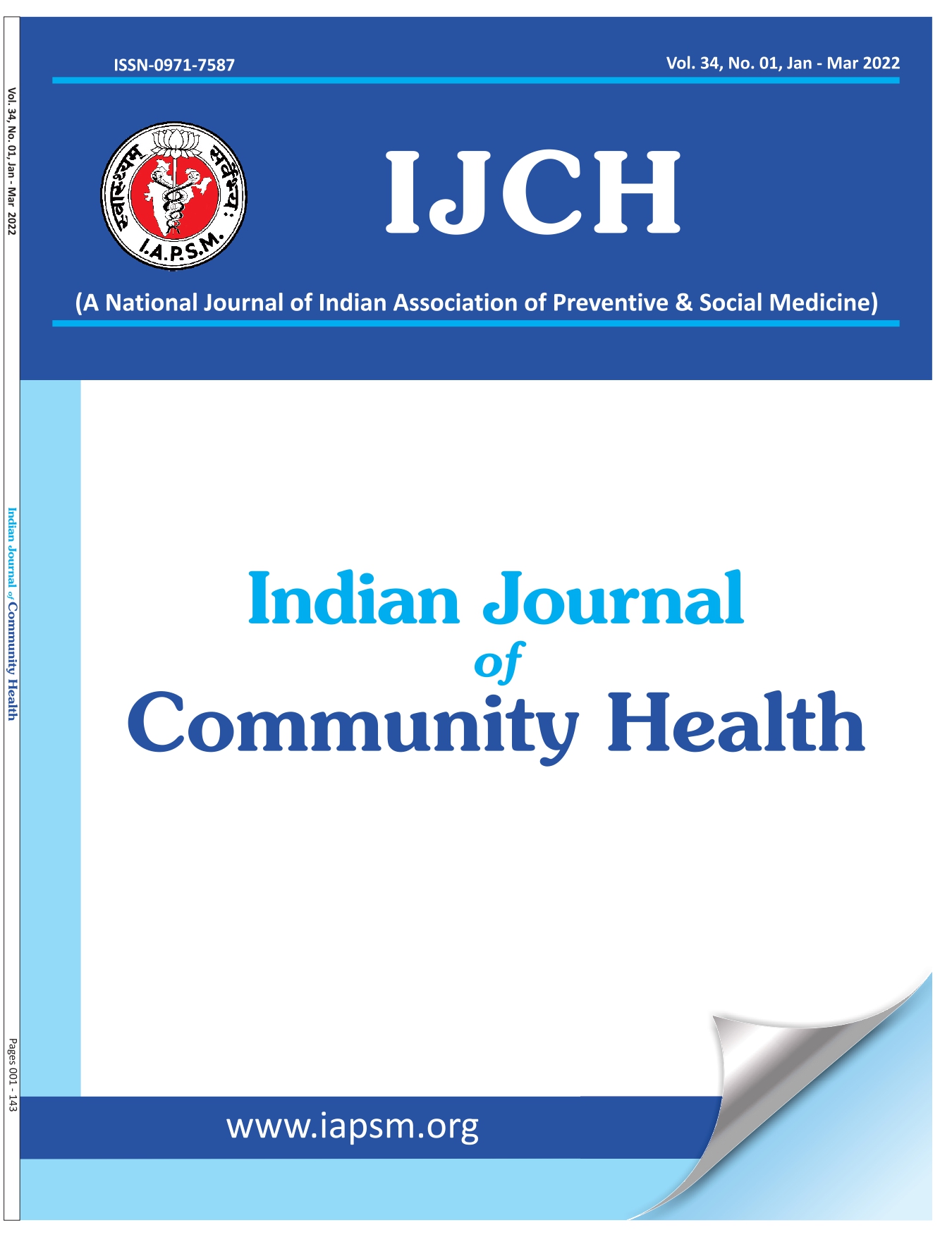Calcium intake and calcium deficiency in toddlers in a slum population of Bhubaneswar
Abstract
Introduction: When considering their children's nutrition, parents often think more about fat grams, carbs, and calories, and forget about calcium, a mineral that is important to help build strong and healthy bones and collagen structures like teeth. The RDI recommendation for 1-3 years is minimum 400mg/day. Calcium is selectively present in milk and milk products besides vegetables like spinach and fruits like orange. The current study was undertaken in the urban field practice area of KIMS that caters to a slum population of nearly 20,000. Aims & Objectives: To assess the knowledge of mothers regarding calcium rich foods and its deficiency and their sociodemographic conditions; to assess the average intake of Calcium using the 7 day recall method; to find the prevalence of possible calcium deficiency in the study population ie 1-3 years of age. Methods: All the mothers with children in the age group 1-3 years were recruited in the study after due informed consent, the final sample being nearly 284. The male female child ratio was 56:44. Mostly women i.e. 83% had some formal education and out of the total nearly 65% had heard never heard of calcium and of those who had heard only 30% could say that milk was the best source of calcium. Result: Average daily Calcium intake was poor i.e. 288mg/d which was worse for the female child 233mg/d. Teeth eruption defects or infections and bone deformities were taken as a proxy for calcium deficiency and were detected in 69.2% and 32% respectively. Diarrhea and skin infections were more in those whose calcium intake was less than 220mg/d which was mildly significant. Conclusion: The study suggests more emphasis on dietary calcium intake and probably recommend calcium supplements for the socioeconomically compromised class who probably cannot afford dietary sources of calcium





